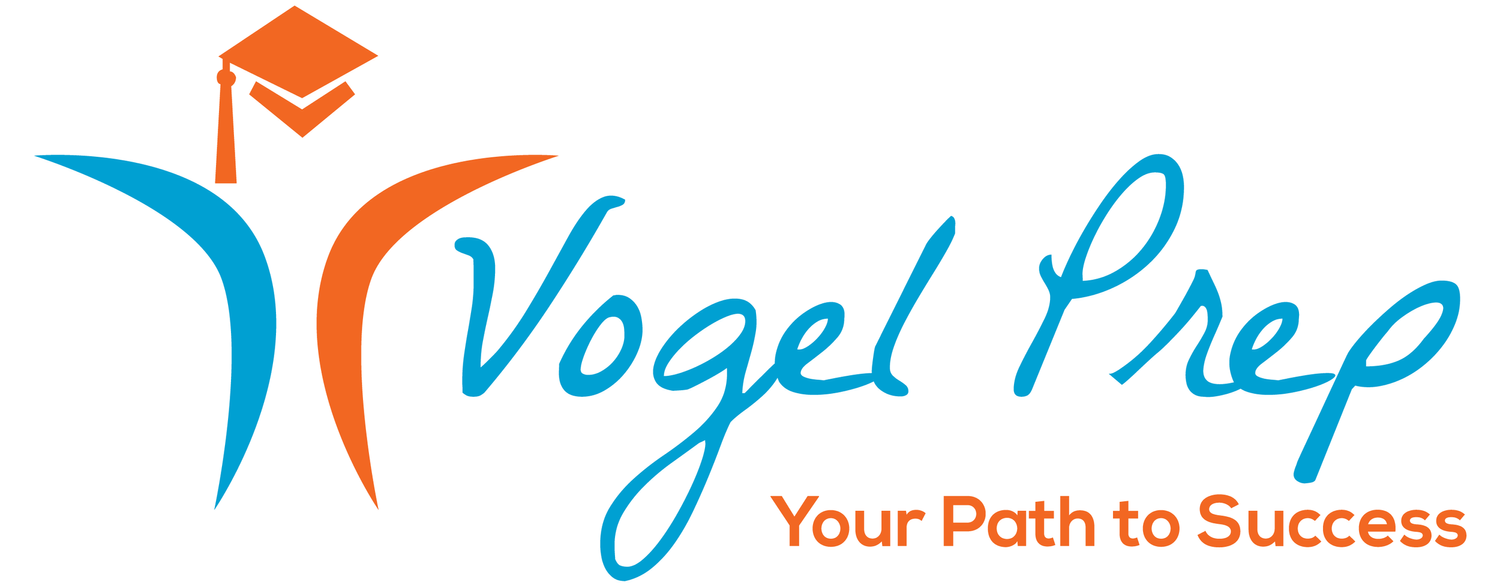By Nancy Weinstein and Ellie Vogel
It’s true that verbal and abstract reasoning are the cognitive skills that predict academic achievement. The ability to make sense of complex information is undeniably essential to learning at every age.
But once students leave the K12 classroom, research suggests that flexible thinking might be equally important to college and career readiness. As explained by author Eric Barker, “Schools reward students who consistently do what they are told— and life rewards people who shake things up.”
What is flexible thinking?
Flexible thinking is the ability to shift gears or change direction to adjust to unexpected circumstances or novel problems. Educators might be acutely aware of students who struggle with flexibility, even if they don’t always realize it. They might view these students as “stubborn” or “challenging”. Inflexible thinkers often resist change, reject redirection, or refuse to see more than one way (their way!) to solve a problem.
Inflexibility can interfere with learning too. Understood.org provides specific examples of how weaker flexible thinking can impact academic progress in everything from phonics instruction to reading comprehension and math problem solving.
Even students with strong reasoning skills can struggle with flexible thinking. It might not be obvious, because bright students can identify rules and follow logic, so they are less likely to need to adapt or take constructive feedback. This might change when they reach courses like physics or calculus where flexible thinking is central.
With some students, poor flexibility only becomes evident when they go off to college. They might be overwhelmed by the real life demands of adapting to a new social and physical environment. Or they can’t figure out how to study for college courses which lack the neat structure of their high school lessons.
What can schools do?
First, schools must recognize that they generally do not develop flexible thinking (beyond addressing the most challenging behavior problems). If fact, they might be squashing it. Critics complain that the current system is so singularly focused on basic skill mastery that it allows little room for flexibility or creativity.
Boston University researcher Karen Arnold found that strong flexible thinkers describe high school as “stifling”. They are unlikely to be the class valedictorian or even high academic performers. Strong flexible thinkers are, however, significantly more likely to become change agents, leaders, and financially successful than their high performing peers. The reason? Top students learn they will be penalized if they veer off topic or lose points for not strictly following every step of the algorithm. The students with the best grades are those who have learned to conform. And that conformity seems to stay with them throughout their careers.
Should schools develop flexible thinking for college and career readiness?
In response to the perceived shortcomings in college and career readiness among high school graduates, schools are adopting new frameworks to prepare students for post-secondary success. Perhaps most popular is the Partnership for 21st Century Learning (P21). Their framework still demands content mastery. But it also emphasizes the development of the 4C’s: creativity, critical thinking, communication and collaboration. The P21 website describes the 4C’s as, “The skills that separate students who are prepared for increasingly complex life and work environments in the 21st century, and those who are not.”
Not surprisingly, all 4C’s are rooted in flexible thinking
Creative Thinking: Flexible thinking is at the core of creativity. Adele Diamond, a leading expert on executive functions, describes flexibility simply as “thinking outside the box”. Flexible thinkers ask themselves, “Can we come up with a new way of attacking this that hadn’t been considered before?”
Critical Thinking: Critical thinking requires not only interpreting and analyzing a problem (rooted deeply in reasoning skills) but also understanding different points of view, reflecting and adapting, and responding effectively to non-familiar or unexpected problems. All skills driven by flexible thinking.
Communication: Communication is not just about articulating what you think. It requires delivering the message effectively based on audience, format, and purpose. Good communication depends on good listening. Diamond explains that strong flexible thinkers will ask and answer,“What might I do differently? How can I present the material or word the question differently?”
Collaboration: P21 defines collaboration as exercising flexibility with a willingness to compromise to accomplish a common goal. Adele Diamond says that strong flexible thinkers are willing to ask themselves, “Can I see this from your point of view?”
How can flexible thinking be improved?
The good news is that inflexible thinkers aren’t forever “stuck”. Just as students can become rigid over time, so can flexible thinking be cultivated and taught. But as Diamond explains in her research, repeated practice is key and improvements require hard work. The greatest gains in flexible thinking (and all executive functions) happen with continuous reinforcement embedded in daily activities.
How can parents help?
Below are home strategies that help develop flexible thinking in your inflexible thinkers, make them part of their routine and it will provide a great yield long term. While your inflexible thinkers might have the most to gain, your flexible thinkers will benefit too.
Develop Critical Thinking through Art: Encourage analyzing and interpreting art
Incorporate Critical Thinking into Daily Routines: Reason through cause and effect, etc.
Coach students who have difficulty dealing with novel situations
Develop good observation and analytical skills by comparing and contrasting objects
Encourage Drawing pictures of word problems
Develop reasoning and problem-solving skills by playing strategic board games

